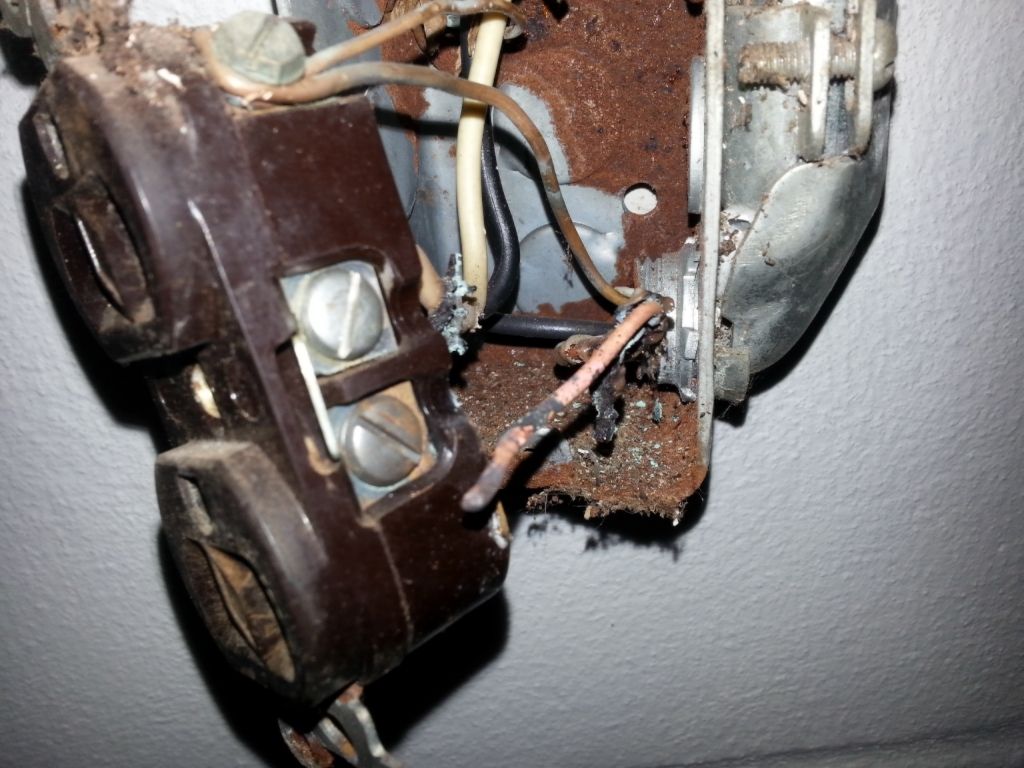I'm slowly going through my house updating the ~25 year old builder-grade electrical outlets and switches to tamper-resistant/decorator style. I noticed some discoloration on this outlet's face, and decided to take a closer look. The previous owners had a LOT of high-powered computer equipment on that outlet. We had a LED lamp plugged into there.
Picture:

My plan was to cut out the charred parts and wire-nut some short pigtails to go to the new outlet. There isn't a ton of room in the box, though. Thoughts, and is there a better solution without ripping out the wire?
Picture:

My plan was to cut out the charred parts and wire-nut some short pigtails to go to the new outlet. There isn't a ton of room in the box, though. Thoughts, and is there a better solution without ripping out the wire?

